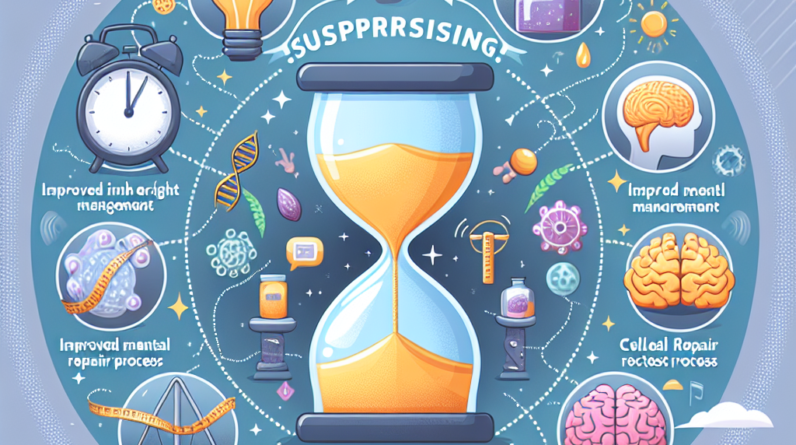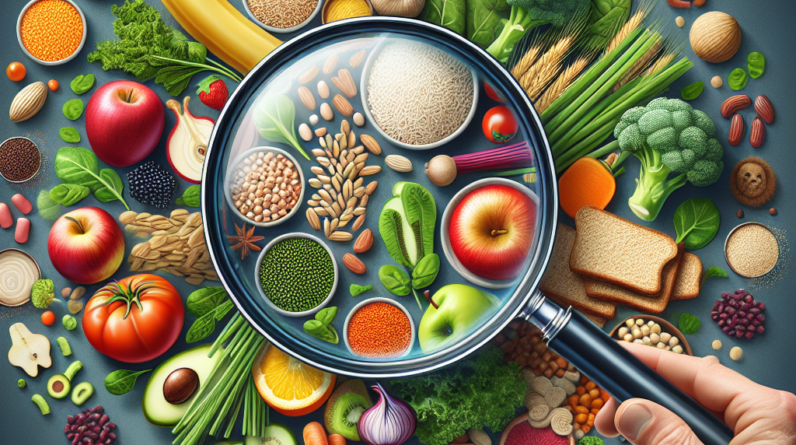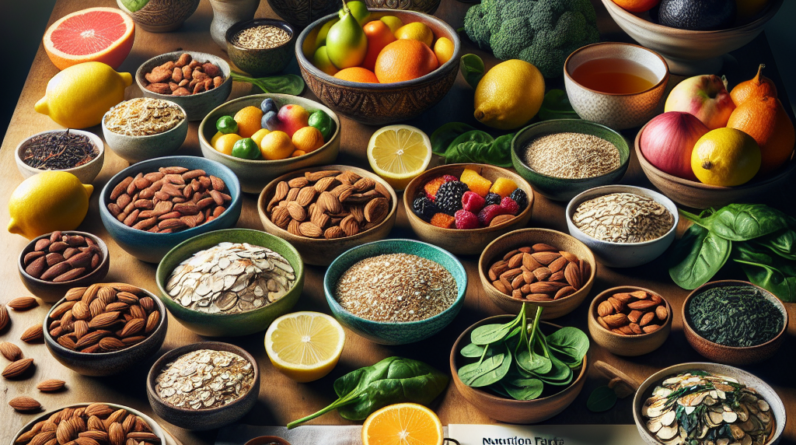
Prioritize Whole Foods
Understanding Whole Foods
Let’s talk about whole foods! These are the real deal, folks. I’m talking about fruits, veggies, whole grains, and lean proteins. This stuff is packed with nutrients that keep our bodies humming at their best. When I shifted my focus from processed snacks to whole foods, I could feel the difference. It’s like giving your body premium fuel instead of cheap gas.
Get a Huge Discount and Bonus! Try for 90 Days Risk Free
Whole foods are not only good for you, but they also help maintain steady energy levels throughout the day. When you consume these foods, your body digests them slowly, keeping blood sugar levels stable. This means no more crashes or sluggish afternoons—just vibrant energy that lasts. Ever notice how a piece of fruit perks you up more than a candy bar? Yup, that’s whole foods in action!
Making whole foods a priority is as simple as planning your meals. Start by filling your shopping cart with greens, fruits, and whole grains. Each week, I spend a little time prepping my meals—chopping veggies and cooking grains. Trust me, once you get into the groove, you’ll feel so much better and your energy will thank you!
Stay Hydrated
The Importance of Water
Let’s not forget about hydration. Seriously, water is life! I used to underestimate how much it could affect my energy levels until I realized I was always feeling tired. Turns out, even mild dehydration can make you feel sluggish and unfocused. So, keeping a water bottle nearby is a game-changer.
Water helps our bodies operate smoothly—think of it like oil in a car. It’s vital for digestion, regulating body temperature, and transporting nutrients. There’s no magic number for how much to drink, but I aim for about eight glasses a day. If I’m active or it’s super hot outside, I ramp it up.
Additionally, sometimes our body confuses thirst with hunger. So, if you find yourself feeling low on energy, sip some water before reaching for that snack. You might just find that’s all you needed! It’s surprising how a simple glass can change your whole day.
Mindful Eating Practices
What is Mindful Eating?
Have you ever scarfed down lunch at your desk and not even realized what you ate? I know I’ve been there! Mindful eating is all about being present during meals. When I adopted this practice, I discovered that I enjoy my food more and eat just the right amount.
Mindful eating involves really paying attention to what you’re putting into your body, who you’re eating with, and how you feel while eating. I like to sit down without distractions—no screens, just me and my meal. This helps me appreciate the flavors and textures, making me feel satisfied without overindulging.
Plus, this approach encourages me to listen to my body. If I’m full, I stop eating. If I’m still hungry, I’ll find something else nutritious to snack on. This shift made a huge difference in my energy levels and overall health—it’s a practice I can’t recommend enough!
Get a Huge Discount and Bonus! Try for 90 Days Risk Free
Balance Your Plate
Creating Balanced Meals
Now, let’s chat about balancing our plates. I realized that my energy dipped when I leaned too heavily on carbs or fats without complementing them with proteins or veggies. A balanced meal should have a good mix of carbohydrates, proteins, and healthy fats. Keeping it balanced helps fuel my body longer and keeps that energy steady.
Good Health Solution is Easier Than Most People Think!
Take a Look for Yourself!
For instance, I love throwing together a colorful salad with mixed greens, chickpeas, cherry tomatoes, and a sprinkle of feta. On the side, I’ll often add some quinoa or brown rice for that tasty carb boost. This combo has become one of my go-to meals because it keeps me full and vibrant for hours.
Need a Serious Energy BOOST? Huge Discount Try for 90 Days Risk Free
Another trick is prepping meals that include a rainbow of nutrients. The more colors on your plate, the more diverse the nutrients you’re consuming! So, get creative and have fun with it. Experimenting in the kitchen can lead to delightful discoveries.
Regular Meal Timing
Establishing a Routine
Last but not least, let’s talk about timing. My energy levels significantly improved when I established a regular meal routine. Eating at consistent times helps regulate blood sugar levels and prevents that dreaded afternoon slump. Think of it like setting your body’s internal clock!
I aim for three meals a day with healthy snacks in between. This approach keeps my metabolism going and helps prevent overeating later. My favorite snacks are often nuts or yogurt, which fill the gap without weighing me down.
Finding a routine that fits your lifestyle is key—whether that means meal prepping on Sundays or keeping quick snacks handy. As I got into a regular eating rhythm, I noticed I felt more energetic and clear-headed. It’s all about finding what works and sticking to it!
Frequently Asked Questions
1. How can I start incorporating whole foods into my diet?
Begin by swapping out processed snacks with fresh fruits, vegetables, or whole grains. Start small—maybe adding one whole food meal a day until it becomes a habit.
2. How much water should I be drinking daily?
While the common guideline is eight glasses, listen to your body. If you’re thirsty or active, increase your intake. Always keep a water bottle handy!
3. What is mindful eating and how can I practice it?
Mindful eating means being present during meals. To practice, eliminate distractions and focus on your food’s flavors, textures, and how they make you feel.
4. How can I balance my meals effectively?
Try to include a variety of proteins, carbs, and healthy fats. Make your plate colorful to ensure you’re getting a range of nutrients.
5. Why is having a regular meal timing important?
Regular meal timing helps regulate your body’s metabolism and blood sugar levels, preventing energy crashes. It’s about finding a rhythm that works for you!







